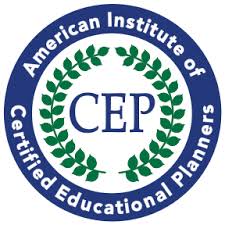Back before online shopping, remember how you used to walk around department stores picking out dresses, shirts, or jackets, and then you took them into the dressing room to try them on? As you decided if you wanted to buy the clothes, you’d look at yourself in the three-way mirror to see yourself from all the different angles to ascertain if the garment fit you well and was worth bringing home.
While trying on clothing isn’t at all comparable to finding the perfect college, maybe we could use that same process of looking at colleges from many different angles to see if it’s truly a good fit.
With colleges maintaining their virtual engagement with students and the continued test-optional policies extending to subsequent admissions cycles, there has been a dramatic increase in the number of applications submitted to colleges over the past two years. The unforeseen consequence of this is that colleges have had considerable reductions in their admit rates. Students using the “shotgun” approach, as Brennan Barnard references in this article, is creating more uncertainty relating to college admissions and means it’s more important than ever to use an intentional approach to building a list and looking for schools that truly satisfy your criteria.
When considering what they’d like in a school, most students think about obvious qualities including size, the winning record of the football team, and whether there’s Greek life. We ask our students to dig more deeply.
When building a college list, we ask students to search many aspects of a school.
- Academically, is there a major or program that meets your needs?
- If you are undecided, will there be strong advising to help find your path?
- Are there specific first-year experiences or programs that will help ease the transition to college life?
- Are there living and learning communities or an honors program?
- What clubs and activities does the school offer beyond Greek life?
- What events happening on campus really interest you?
Most importantly, we ask students to reflect on who they are and who they want to become. It is these conversations with students that reveal their goals and aspirations, leading to a well-rounded list of colleges that become the means to that end.
These are the questions we ask our students as we advise them in creating a well-balanced list. When deciding whether to apply to a school, we tell students don’t just look at whether they’ll be accepted. Instead, look at how the school meets your academic and social needs for the next four years and whether it will ultimately lead to your happiness and success.



Leave a Reply